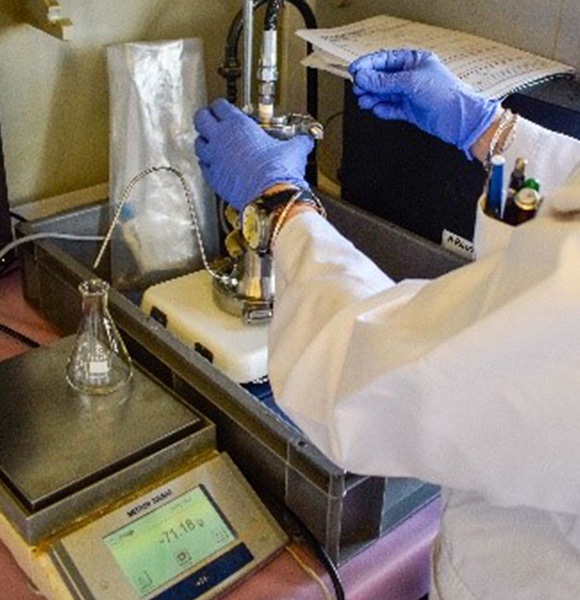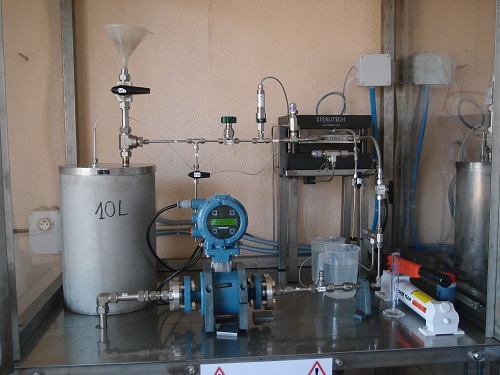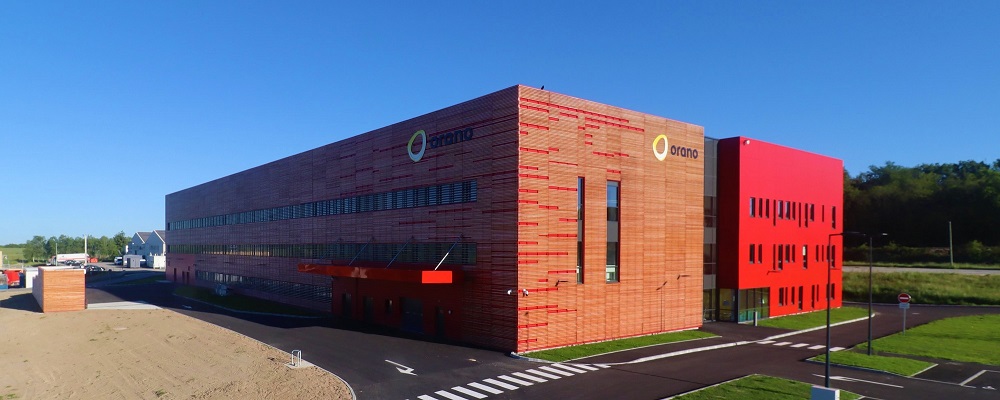
Purification of Effluents via Membrane Separation
<p>Benefit from an innovative process to purify your water or wastewater with triple benefits.</p>
-
- Replace conventional physico-chemical processes (adsorption, precipitation, ion exchange), often costly and complex.
- Efficiently separate dissolved species of different sizes (e.g., Na⁺ and UO₂²⁺).
- Reduce operating costs associated with successive reagent-intensive and heavy process steps.
- Implement a reliable technology for purification, recycling, or drinking water production.
- Access adaptable solutions, from laboratory scale up to on-site pilot testing.
-
- Adopt an innovative membrane technology based on semi-permeable membranes.
- Separate your effluents according to species size: from microfiltration (hundreds of µm) to ions via reverse osmosis (2–3 Å).
- Develop your studies from laboratory scale up to industrial pilot.
- Use a mobile pilot housed in a 20-foot container to test directly on site.
- Purify your effluents while reducing reagent consumption and simplifying your processes.
-
- Wide separation range: from particles (µm) down to ions (Å).
- Varied test formats: from 100 mL to 1 m³.
- Mobile pilot deployable on site (20-foot container).
- Removal rates >99.5% for uranium and radium (two nanofiltration membranes).
- Permeate quality below WHO guidelines: <30 µg/L uranium.
- Results confirmed under real conditions: several m³ of mine drainage water treated.
- Reduced reagent consumption and by-product recovery.
- Applied studies in mining:
- Katco (Kazakhstan): recovery of 30–60% of free acidity in the permeate and 70–98% of uranium.
- Trekkopje (Namibia): treatment of alkaline eluates, separation of uranium/sodium bicarbonate with DOW NF270 membrane.
-
-
-



